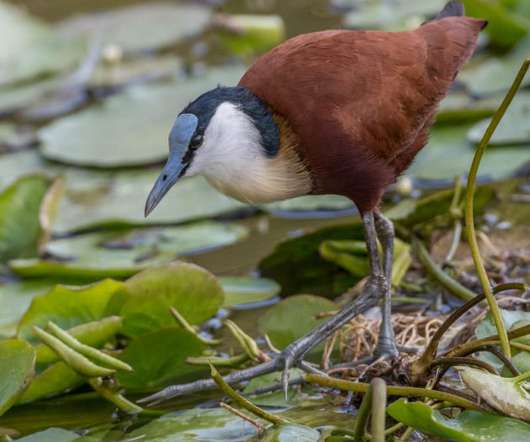NASA Funds Radiation Experiments on Monkeys
Critter News
NOVEMBER 7, 2009
Another animal experiment I would not support as a US taxpayer. In Bergman's study, according to Discovery News, 18 to 28 squirrel monkeys would be subjected to radiation and periodically tested to gauge how exposure affects performance in a variety of learned tasks. We are nowhere near that.












Let's personalize your content